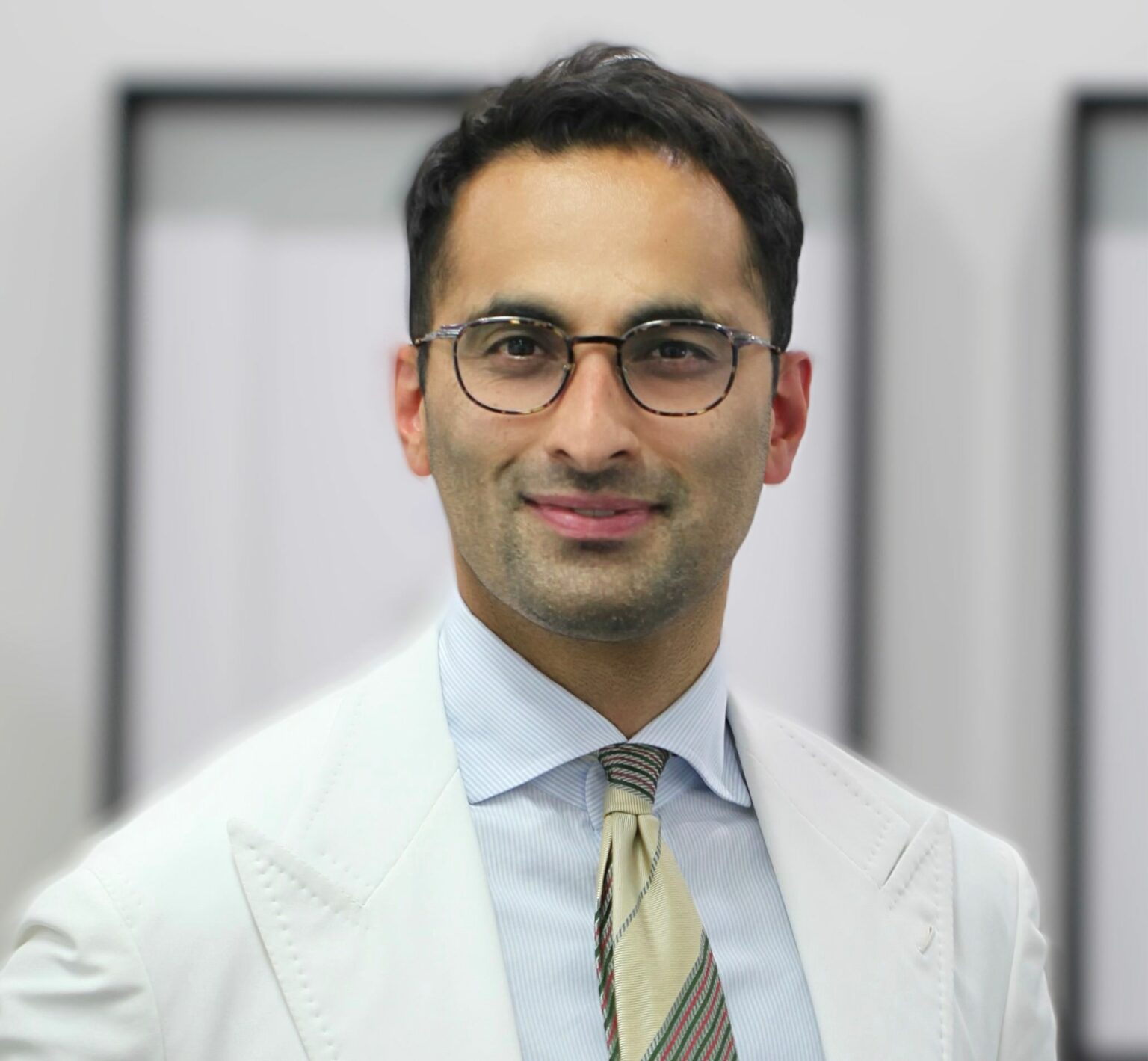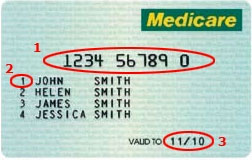Non-Surgical
For most patients with a SLAP tear – the treatment is non-surgical. A period of rest, activity modification, and NSAIDs may be useful to treat shoulder pain.
Physiotherapy may be suggested to restore movement and strengthen your shoulder. Range of motion, rotator cuff strengthening, scapula stabilising exercise may be useful as guided by your physiotherapist. Keeping up the therapy may relieve your pain, restore your shoulder function, and prevent further injury. It may be necessary to continue this exercise program for 3-6 months in some cases.
Surgical
If you have not improved with non-surgical treatment or if you have a high grade SLAP tear (with either anterior or posterior extension) then you may do better with surgery. In some cases this is the best option from the outset. Dr Pant will review your case (and your MRI scan) to determine if this is the right course of action to provide you with the best shoulder outcome. If surgery is required this is done keyhole (arthroscopic) and the rehabilitation is using the JPL method.
There are several different types of SLAP tears and Dr Pant will determine how best to treat your SLAP injury; in some cases this final decision is made at the time of arthroscopic surgery. The treatment options are to:
- Repair the SLAP tear with anchors
- Debride (clean up) the SLAP tear and biceps tendon
- Perform a biceps tenodesis (re-anchoring)
The factors that are considered in the treatment choices are your age, occupation, type of sport, level of sporting participation, quality of your tissue, and associated injuries in the shoulder. All of these factors need to be considered in combination to achieve the best outcome for your shoulder injury repair.






